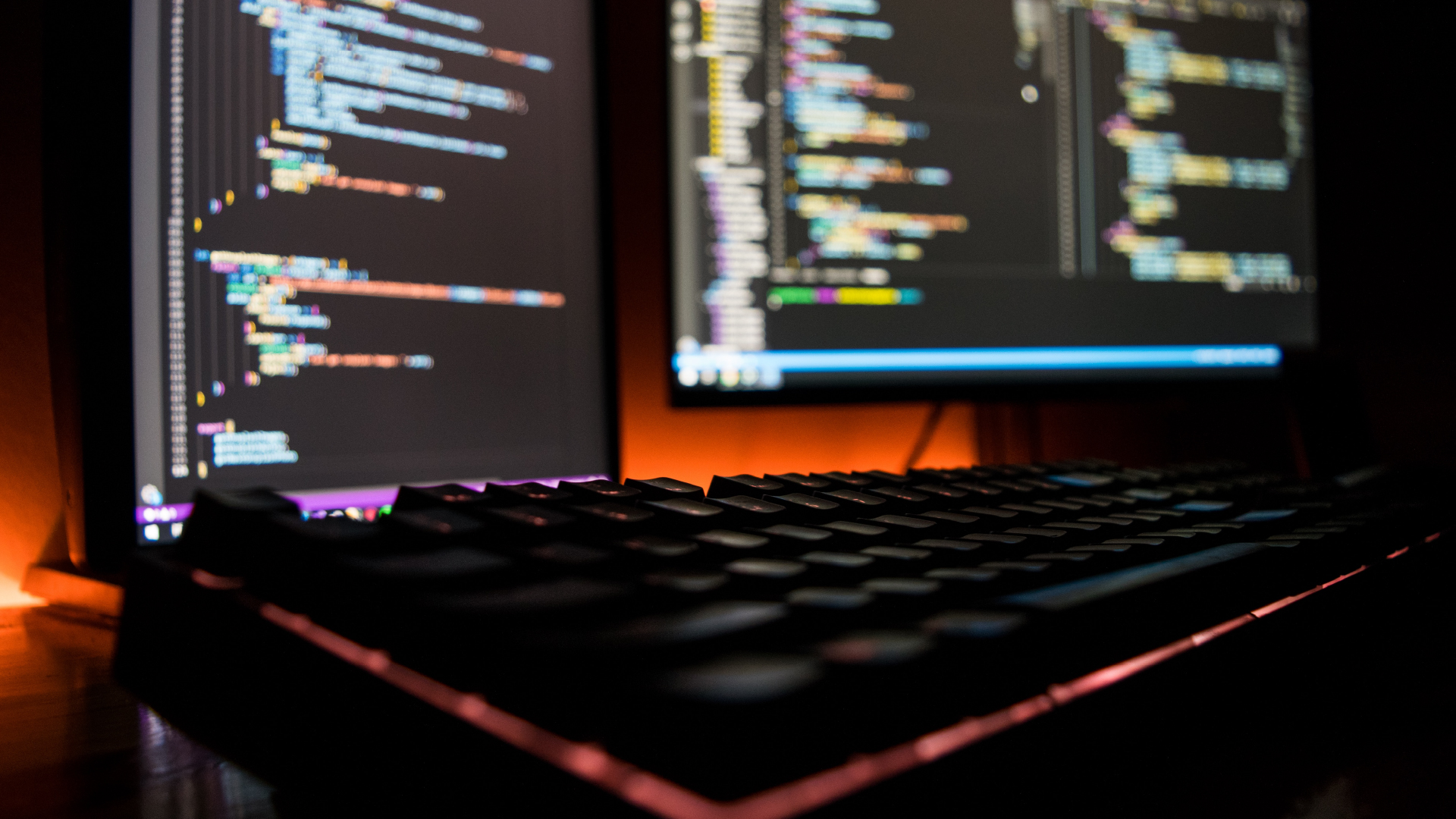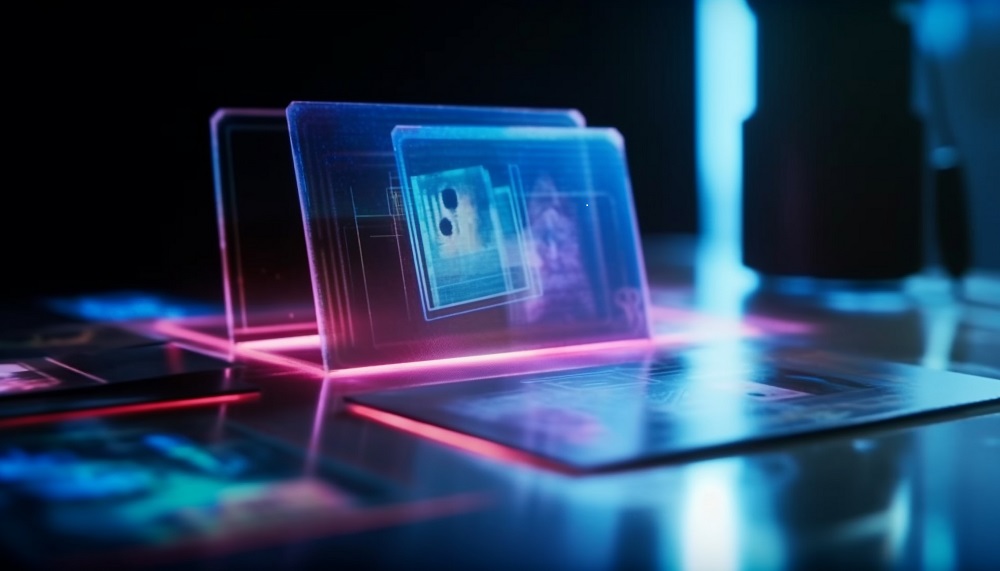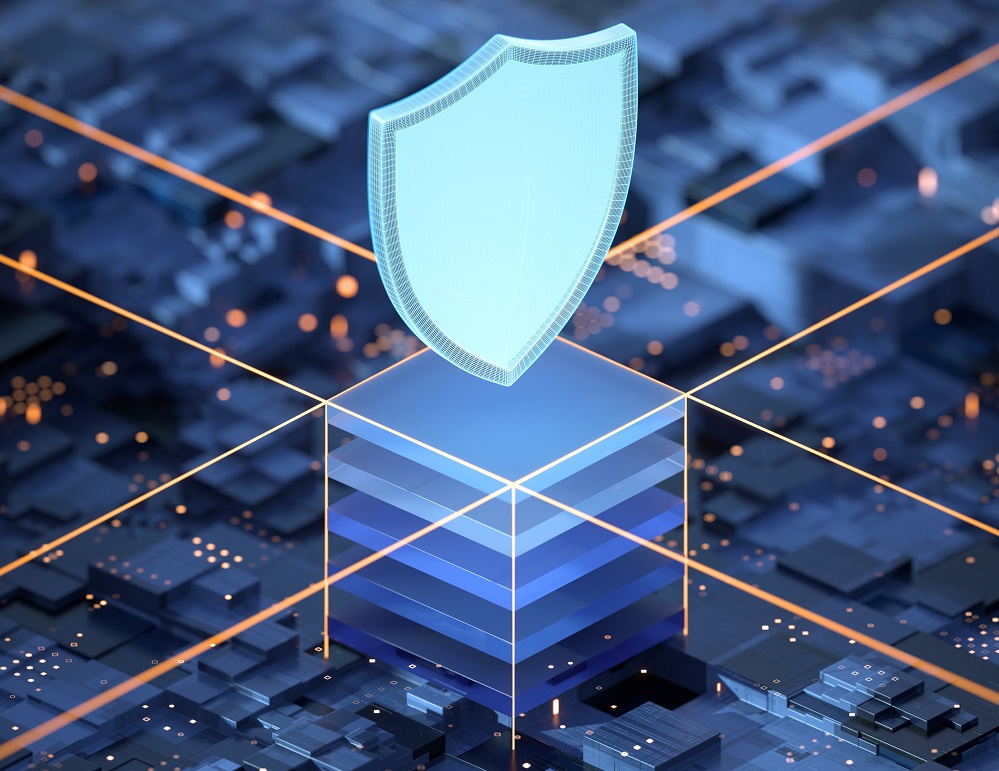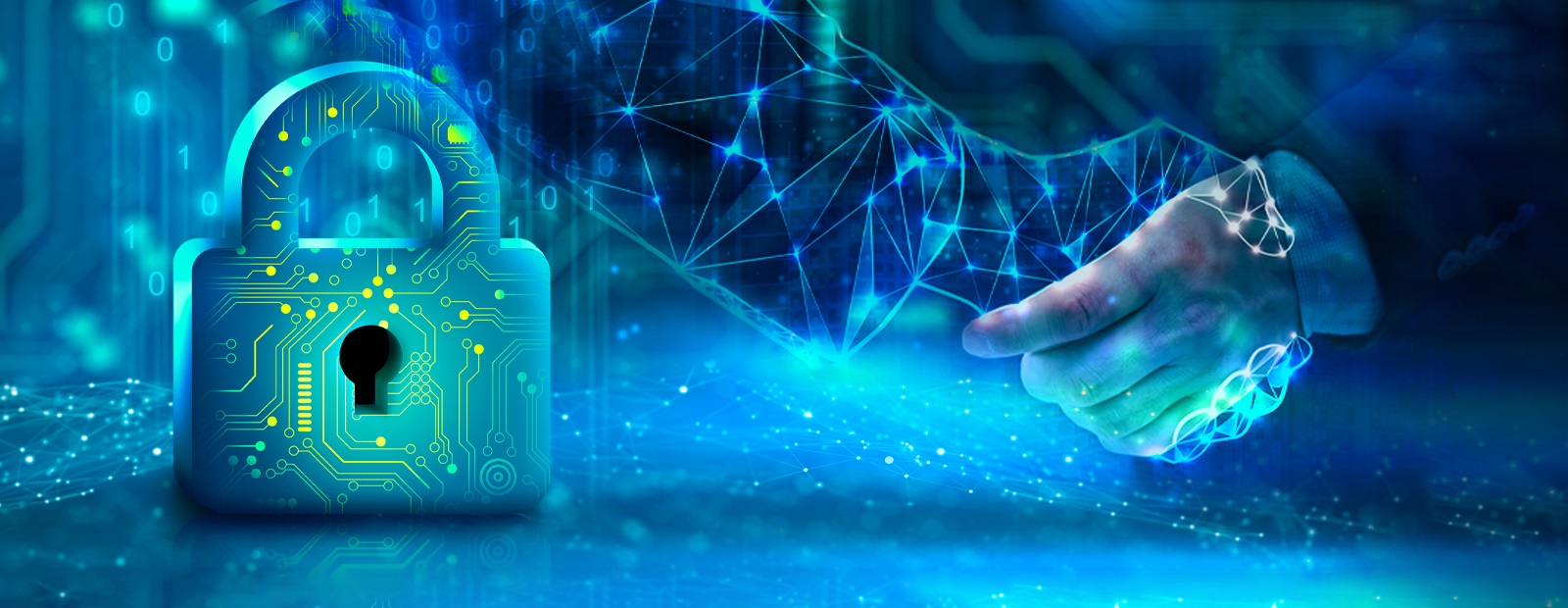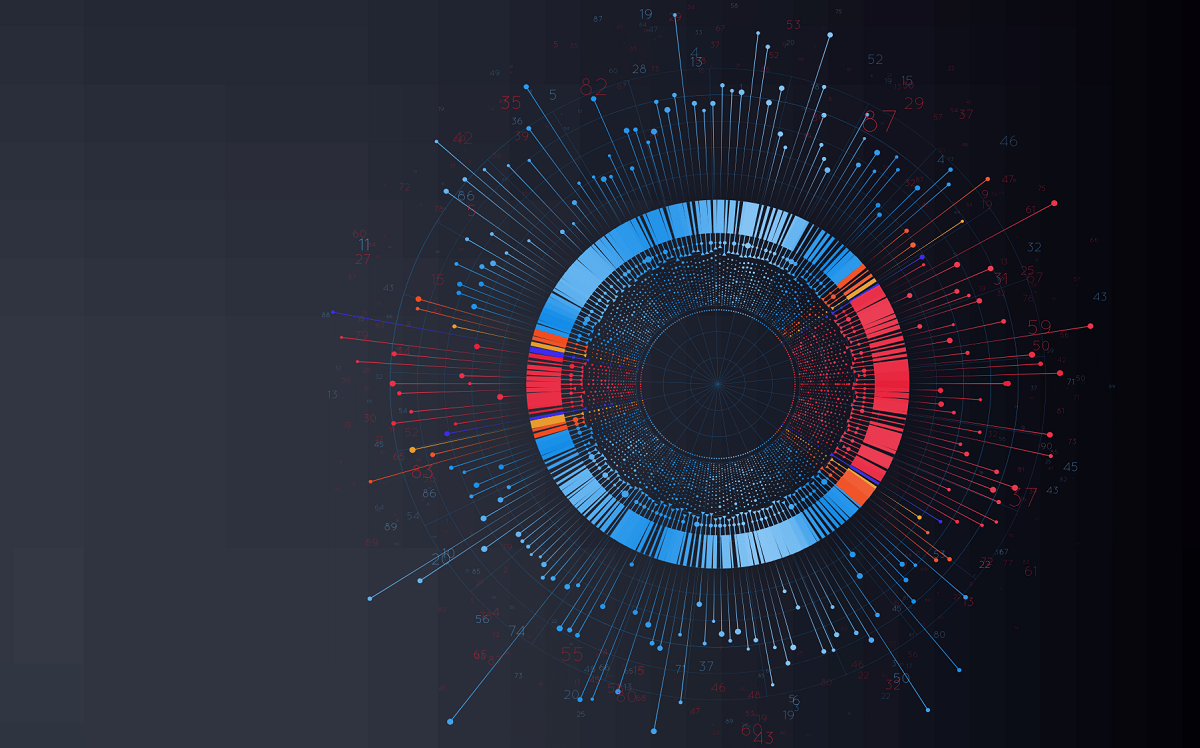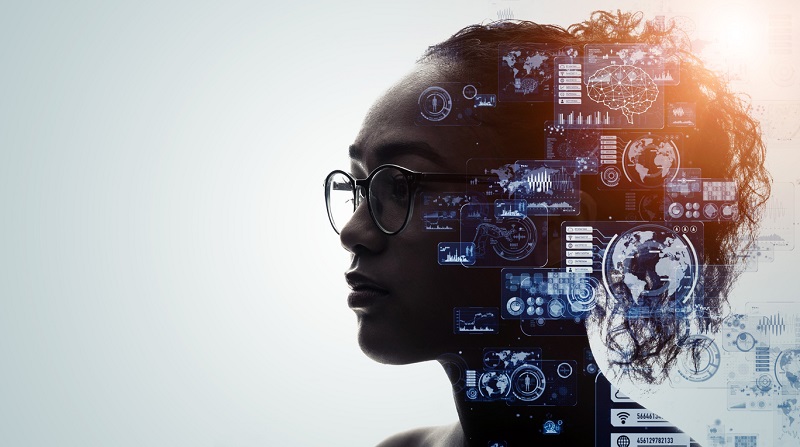IT leaders from start-ups to multinational corporations continue to struggle with a lack of tech talent. In this exclusive interview, Allan Cockriel, CIO – Global Functions & CISO at Shell; shares expert insights on the elements of good global talent management, strategies to attract and retain tech talent, steps on how to scale culture in a global organization, and more.
*This article is a recap of the session, CIOs Winning the Global War of Talent with Leadership Competencies.
Allan Cockriel has been the Vice President & CIO – Global Functions and Chief Information Security Officer at Shell since July 2020. He is also part of the IDT Executive Leadership Team and leads the IDT organization to ensure maximum business value delivery through complex digital transformation across all corporate functions; and oversees the continuous improvement of the Information Risk and Cyber Security posture for Shell.
What is your definition of good global talent management?
“I’m a big believer that organizations with the best teams will win great talent.”
Doing great work and delivering for customers is the way companies are going to succeed now and in the future. Shell, like every other company, is out there competing for the best and the brightest globally to join and stay to grow their careers. From an employee value proposition perspective, it’s a very compelling mission. Does the company have a mission that you want to be part of? In the case of Shell, it’s powering progress.
We’re committed to net zero emissions by 2050 or sooner. We also want to have great work. Does it excite you? Does it get you out of bed? Are you passionate about the work you do each day? From a CIO and technology perspective, are we giving our teams and our stakeholders the right tools and technologies to be successful? Do we have an allergy to bureaucracy and waste?
We constantly figure out ways to simplify and find ways to create better work environments for the organization. Next is an environment where you can bring your whole self to work. So, DEI (diversity, equity, and inclusion) needs to be part of the fabric of the organization. Anyone can show up at Shell and have great career value for who they are. Their diverse opinions can help us to create the best possible product. We also have a culture of trust, transparency, and focus on value.
What sets Shell apart from other enterprises?
Shell is a technology company, so we have some of the best tools, technologies, and capabilities in the oil and gas industry.
“When you come to Shell, you have access to phenomenal talent and capabilities, and a genuine passion to digitalize.”
Next is care for people. This organization has a tremendous focus on work-life balance and helping people have great work and personal lives. We’re doing great things.
The world also needs clean energy. I personally find a lot of passion in being a digital leader who is driving forward the clean energy agenda. When we’re speaking to students all the way up to executives, being part of that journey has been incredibly attractive for a lot of technology leaders who want to join the company.
I think we have a more compelling story compared to other large corporations in the oil and gas and energy industries. A lot of people don’t know that we are going to have half a million EV charge points in the near future. We have a very large battery business in Germany. We’ve installed some of the first and largest hydrogen electrolyzers globally.
Can you explain the importance of purpose for employees?
There are two dynamics at play there. Firstly, when we went through the COVID experience, people wanted to do work that mattered. There was the Great Resignation and the Great Turnover, among others. I think people realized through the pandemic, that they want to do things that matter. That’s the focus on vision and mission. Next, if you look at the generations that are coming up through the leadership ranks, the Gen Zs and the millennials, they inherently want to do things that matter as well. They want to be part of something good, something big. Those two are the trends that I see driving change, or more appropriately, a focus on mission, and the quality of the work that they get to do.
Tell us more about the remote worker management at Shell.
Shell operates in over 180 different countries – that’s everything from the forecourts where you go to fill up your tank or charger all the way through to assets that are producing hydrocarbons and electricity around the world to our major hubs in North America, Europe, and Asia. From that perspective, the reach of the organization is larger than most organizations in the world. From a talent perspective, we want to be able to reach out to that network and identify great talent as a business. But as a technology function we want to find that talent, either business proximate so they’re out near our assets, or they join one of our hubs in North America, Europe, or Southeast Asia.
What is the bigger challenge: attracting or retaining talent?
If I have to pick one, it’s attracting talent. Some people look at Shell as an oil and gas company and they don’t understand the amount of technology and innovation that we have as an organization and the amount of focus that we put on digitalization. When people hear our story, they see the technology that they’re exposed to, and they want to join. From a retention perspective, we have folks in the organization that want to be part of this journey.
What is the biggest struggle in retaining good IT talent?
“In the technology space, particularly in cybersecurity, great talent knows their value, and they want to be part of something big.”
It’s very difficult to find great talent. At Shell, we’re committed to investing in the net zero emissions future. We’re out there in the markets every single day trying to find great Shell leaders to drive our programs and our transformations. It’s tough because there are a lot of options for tech talent out there. The way you work, where you work, and the culture of the organization have a lot more value than ever before. We’re out there competing to get the best and the brightest for the company.
How do you manage different employee needs and preferences in terms of work-life balance?
I think COVID taught every industry a big lesson on flexible, remote, and hybrid working. I think the hybrid working concept is going to stay with us, which I’m a big supporter of. From an approach perspective, Shell adopted a hybrid work policy. We asked our employees, “Where are you most effective in line with what your business needs?”
Given the breadth of Shell, we have some organizations where you have to be in the office five days per week, it’s just part of the expectation, it’s part of the ways of working, and that pivots all the way to individuals who go to work one to two days in the office. But again, valuing that sense of place value in that area for collaboration, but then affording a tremendous amount of flexibility for people to work where they are most effective, and recognize that people have complex lives. Hybrid working unlocks a lot of that capability for people to live great lives.
Dive into the latest trends and technologies impacting tech leaders in the Executive Insights sessions. View upcoming sessions here.
How do you define good leadership in this era?
The game has changed. As I mentioned earlier, people want to work for a great company, and they want to do work that matters. They want an environment where DEI is part of the fabric of the organization so they can be present and have their voices heard. I think it’s incredibly powerful. As an organizational culture, we want to foster and support innovation.
“We want to make sure that people can take chances and fail forward as technology leaders throughout their careers.”
From a development perspective, we want to invest in our capabilities, both the red threads of how we do business as Shell and how we work as Shell. From a technology perspective, you have very clear and well-supported paths as a leader, whether it’s in technology, operations, or HR. People can see themselves long-term with Shell with tremendous value to add to our customers.
Can you elaborate on the fail forward concept?
If things go well for a project, you take it, scale it, and monetize it. But in certain cases, things aren’t going to work out. Through that process, as long as you approach that from a learning mindset, where you’re learning from the experience, you’re finding a different way, and maybe that specific pilot or action didn’t work out, the learning through that process is incredibly valuable. When I say fail forward, you’re stopping whatever tactical exercise you’re working on but the learning and the value through that experience is what I want to make sure you take into your next experiment, program, or initiative.
How do you keep your team involved in innovation projects?
If I do a scan of our competition, I don’t think we’re competing against other oil and gas companies.
“I see us competing against tech companies, start-ups, and the small agile organizations that can innovate.”
That’s where I see our main threats. From a culture perspective, we invest in smart risk-taking. This is everything from rewards and recognitions for people who are taking risks where you can fail forward without worrying about reprisal. We’ve pivoted that where we celebrate on a regular basis where people took bets. In certain cases, it worked. In certain cases, it didn’t work, and we celebrate both equally.
Finally, it’s continuous investments in innovation. I have a pot of money that I’ll take and invest in ideas where people come up with a great way to use ChatGPT, for example. They go out and experiment, they find something that they can potentially pilot and scale. If it works, that’s fantastic. That innovation fund puts our money where our mouth is in terms of valuing innovation and risk-taking.
Things could go wrong – people operate within the bounds of compliance and integrity. Our security controls are non-negotiable. But taking a new technology and finding a different way to monetize it will be something I’ll invest in every single day of the week.
Cultivating culture becomes difficult when an organization goes global. How do you ensure that the culture can scale?
From a technology perspective, we have a few global hubs around the world. I believe that the office, or more appropriately, a space for collaboration, has tremendous value for big global organizations. When you join Shell, there’s a lot of training, there’s support, and there are groups that help you to assimilate into the organization. We do value people who come into the office on a regular basis and find ways to collaborate with their teams and pick up the Shell culture.
There’s also an investment in training, or immersion workshops, where there’s dedicated training to help the employees know what good delivery looks like, the way we act as leaders, and how the organization values their contribution. It’s incredibly important because that training allows us to scale the organization quickly with the right level of horizontal consistency from a culture and working perspective. We invest heavily in the office environment as well as in these training capabilities.
What has changed about the skills or competencies of a good leader?
I think one is being an empathetic leader. Listening, being human, and creating an environment where people can feel safe.
Also, successful technology leaders in the last 10 to 15 years have been financially savvy business partners who recognize and monetize great technologies. Last but not least, is continuous learning. The average shelf life of a technology leader is a few years.
“Individuals who are curious and eager to learn will find themselves very successful throughout their careers.”
How can leaders balance compliance risk controls and the drive for innovation?
It’s similar to asking whether a car needs a bigger engine or a better set of brakes. I think they are symbiotic. You need both. I think the answer to the question is having a risk-based conversation. If you’re a risk or an IT professional, you need to have an open dialogue with your business partners on the compromises you want to balance with operational effectiveness and efficiency with security. When that conversation is balanced with a sense of trust, you find yourself in a place where you can keep your data and customers’ data safe while innovating at pace. I think it’s achievable, but it starts with that dialogue.
What can CIOs and CISOs do differently tomorrow?
Stay humble and stay hungry. I live by those values every day to help me to stay focused and move at the right pace. Next is empathy. Show that you care, be a person, and create a great environment for your teams. I believe that it all starts with empathy and trust.
*The interview has been edited for length and clarity.


